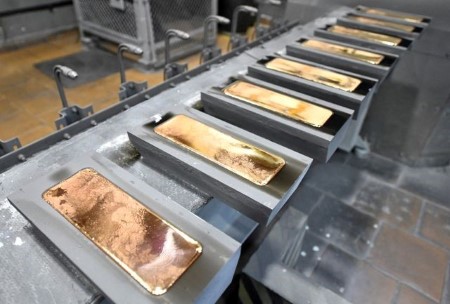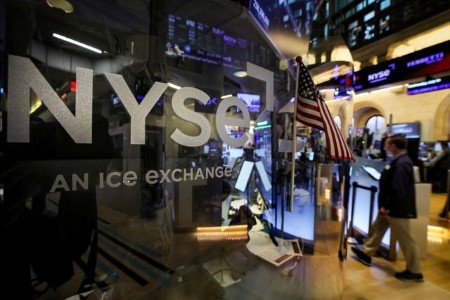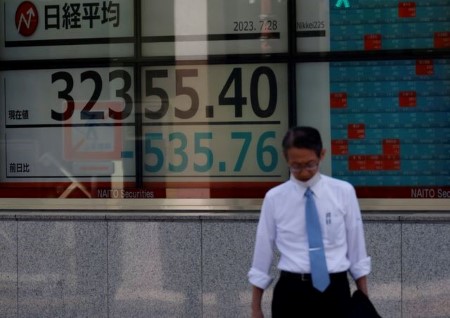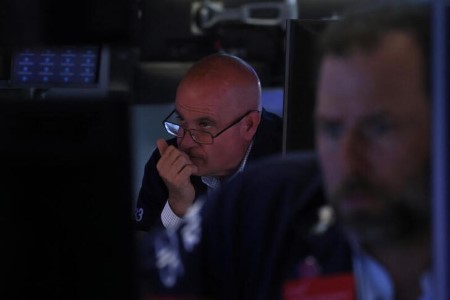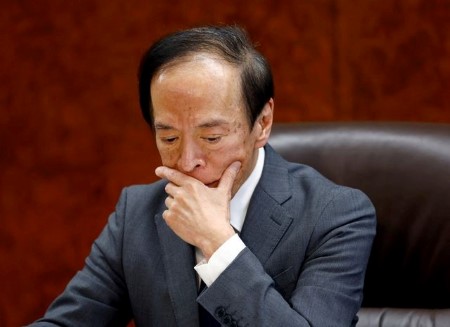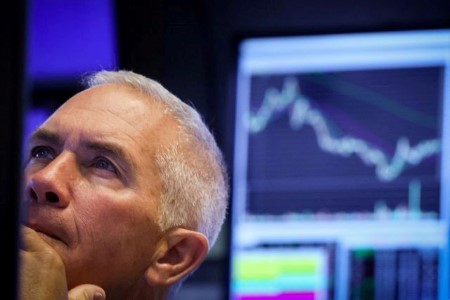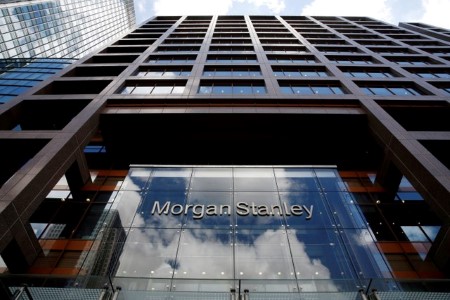July 31 (Reuters) – A handful of technology firms and last year’s laggards have so far driven the heady rise in US and global stock markets this year, but bumper earnings surprises could now lift more sectors and stocks and broaden the rally, analysts say.
Analysts point to receding recession concerns and the prospect of a less aggressive policy stance from the US Federal Reserve as factors fuelling hopes for a broader market rally.
According to a Reuters analysis, just 10% of the biggest gainers in the MSCI World index constituents have accounted for around 72% of the rally this year.
That compares with a much broader rally in past years, when the top 10% winners only made up 14% of the overall market upside from March 2020 to early 2022.
The tailwind for a broader rally could be earnings.
The second quarter earnings season has started positively for cyclical sectors, with over a quarter of the global companies announcing their results so far, Refinitiv Eikon data showed.
About 67% of consumer discretionary sector firms exceeded consensus net income expectations, primarily due to robust consumer spending. Meanwhile, 64% of industrial firms surpassed analyst projections for net profits.
US banks have also posted solid second-quarter profits, thanks to a rise in interest margins. Moreover, analysts expect robust deal-making activity in the second half, which could boost investment banking revenues.
“The upcoming earnings season has the potential to broaden the rally for sure. Earnings surprises – to the upside – from a wider breadth of stocks is likely to make investors consider names outside the cohort (of tech stocks),” said Puneet Singh, director of quantitative research at Societe Generale, based in Singapore.
ATTRACTIVE VALUATIONS
US tech stocks have driven the bulk of the narrow rally so far, alongside some industrial sector firms such as Builders FirstSource (BLDR), Carnival Corp (CCL), and Airbnb (ABNB) benefiting from pent-up demand post-COVID-19.
“Equity markets have been cheering the disinflationary trend with a bull market accelerating in Q2 on initially very narrow market breadth triggered by AI optimism,” Massud Ghaussy, a senior analyst at Nasdaq IR Intelligence, said.
“A fear-of-missing-out (FOMO) trade took hold towards the latter half of Q2 with hedge funds unwinding shorts pushing the markets even higher.”
In Asia, Japanese stocks have surged, helped by their cyclical recovery and cheaper valuations, while in Europe, robust travel demand has boosted firms such as aero engineer Rolls-Royce (RR) and the region’s biggest hotel group Accor (ACCP).
However, there are plenty of laggards, especially in cyclical sectors such as financials and consumer discretionary, which are available at attractive valuations, analysts say.
“If the risk appetite remains healthy, inflation remains in check, economic growth remains moderate, and the Fed doesn’t come out with strong statements with a large hike, then we do have the foundation for a broader rally,” Singh said.
Over the past month, the communication services, mining, and financial sectors have all posted about 5% gains, outpacing the tech sector’s modest 2% rise. However, the tech sector has surged 34.5% this year, leading all other sectors.
“We still think tech leadership can continue as the AI theme drives significant earnings upside, but we do think other areas of the cyclical market look cheap,” said Alastair Pinder, head of emerging markets and global equity strategist at HSBC Research, who is overweight on tech, energy, consumer discretionary and financials stocks.
Defensive sectors and international stocks are better places to invest, said Derek Izuel, chief investment officer at Shelton Capital Management, based in California.
“While inflation fears have subsided, all economic indicators are pointing to a slowing economy, yet high-quality stocks are not overpriced,” he said.
“Also, the big effect of the inflation reversal is a more dovish stance at the Fed, and thus fewer rate hikes. This will lead to a weaker dollar, and thus improved international equity returns.”
(Reporting by Patturaja Murugaboopathy; Additional reporting by Noel Randewich; Editing by Vidya Ranganathan and Alison Williams)







 DOWNLOAD
DOWNLOAD




